January 2024

Multiple sclerosis Avonex protocol and monitorin
Interferon beta-1a is administered intramuscularly weekly for MS, starting with a quarter...

Multiple sclerosis SPMS Management
For Secondary Progressive MS (SPMS), active disease management involves switching to treat...

Multiple_sclerosis_PPMS_Criteria
Primary Progressive MS (PPMS) constitutes about 10% of MS cases and is characterized by a...

Multiple sclerosis RRMS When to change disease modifying therapy
Changing Disease Modifying Therapy (DMT) in RRMS is considered for poor response, adherenc...
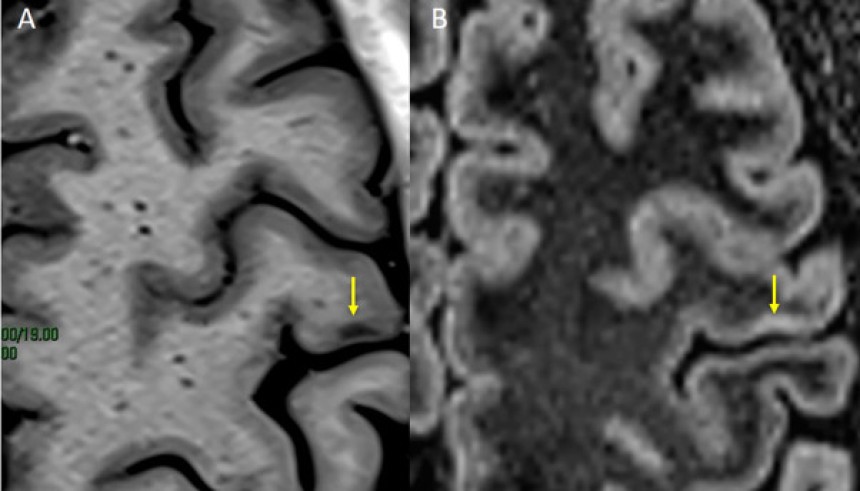
Multiple sclerosis RRMS Role of antibodies and MRIs for monitoring
Monitoring the response to Disease Modifying Therapies in Relapsing Remitting MS involves...
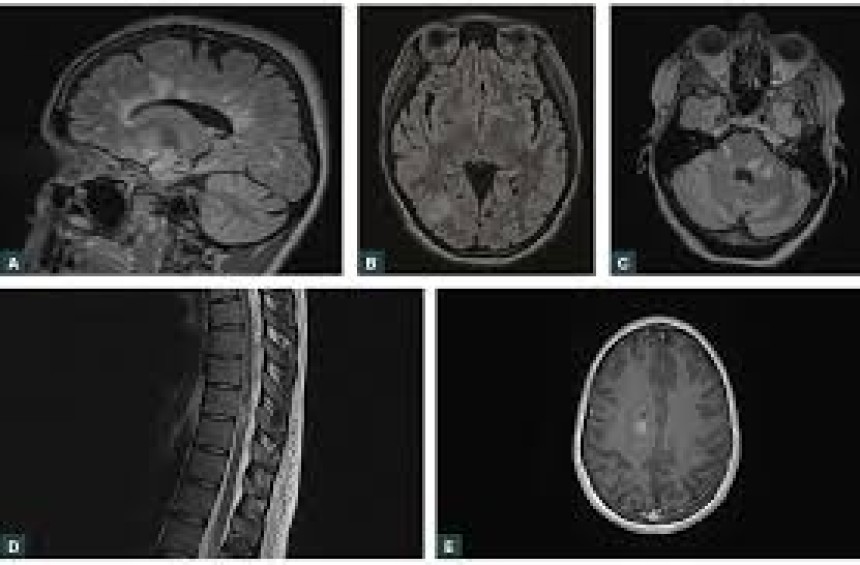
Multiple sclerosis RRMS Choice of Initial Disease modifying Drugs
Disease Modifying Therapies (DMT) for Relapsing Remitting MS (RRMS) include oral agents (d...
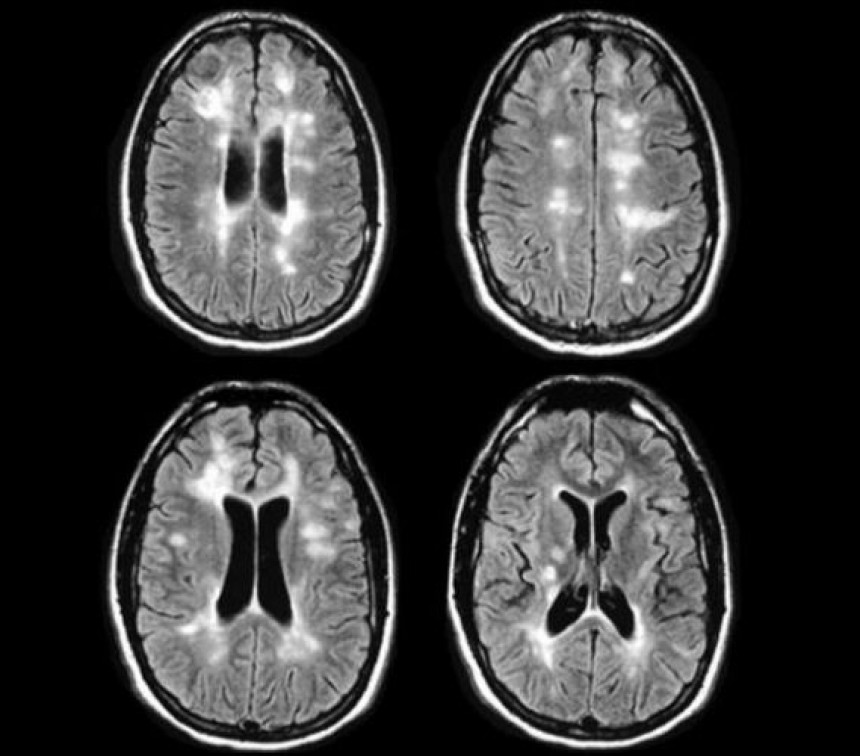
Multiple sclerosis RRMS Latest Diagnostic criteria
Relapsing-remitting MS (RRMS) is diagnosed clinically, typically presenting in young adult...
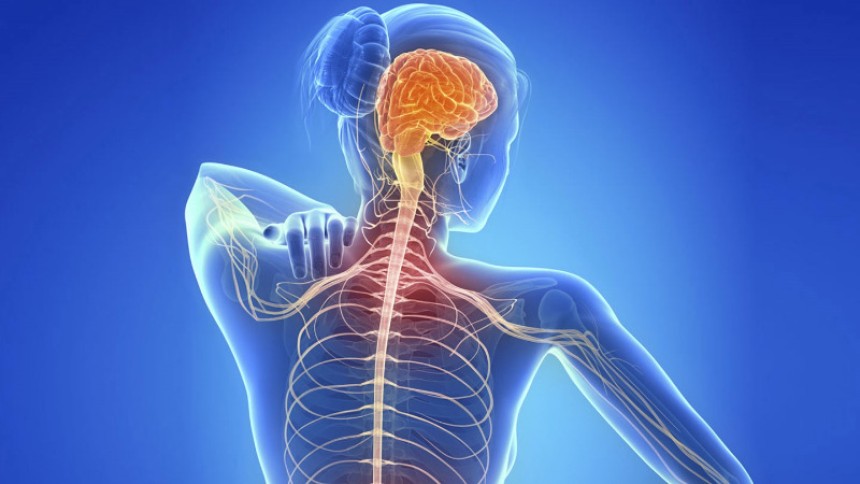
Multiple sclerosis Basic Management
Multiple Sclerosis, an immune-mediated CNS disease, has no cure but treatments delay progr...
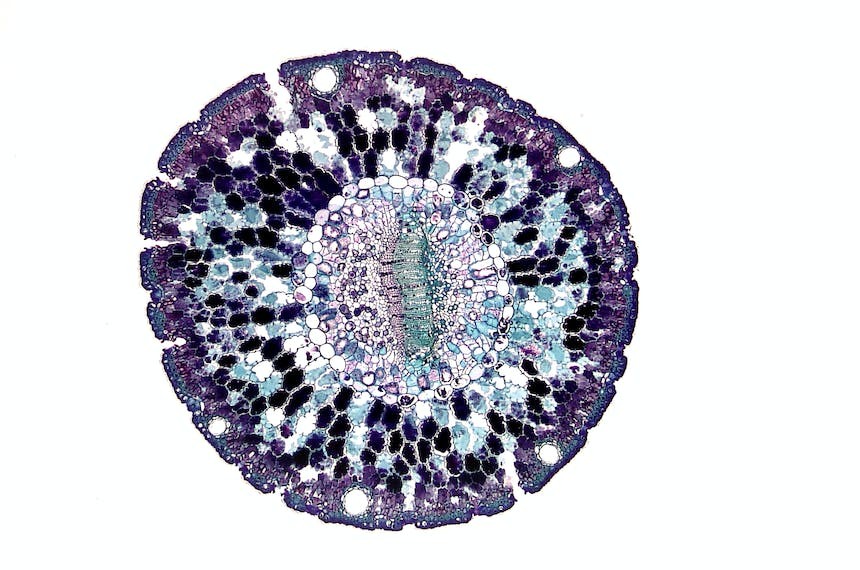
Vasculitic neuropathies
Vasculitic neuropathies, part of systemic vasculitis affecting various organs, present wit...

Peripheral neuropathy
Peripheral neuropathy encompasses polyneuropathy, radiculopathy, and mononeuropathy, often...

Multifocal motor neuropathy
Multifocal motor neuropathy (MMN) is a rare, slowly progressive disease characterized by a...
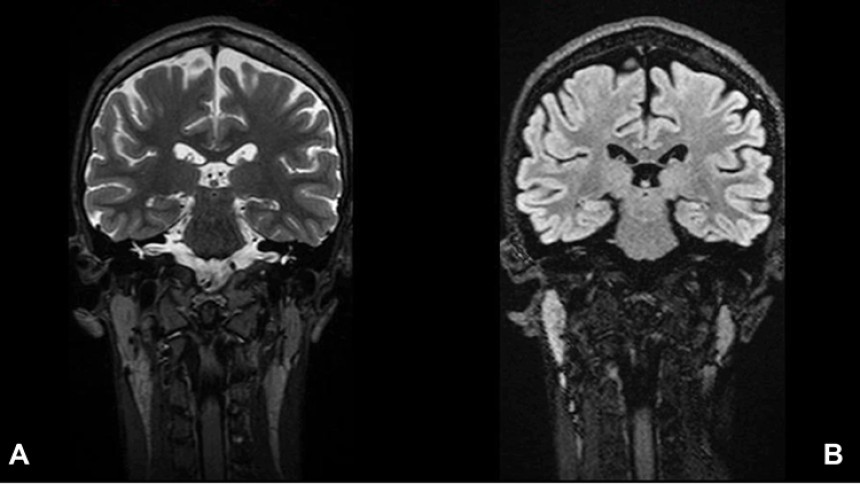
Miller Fisher syndrome
Miller Fisher syndrome, characterized by ophthalmoplegia, ataxia, and areflexia, often inv...
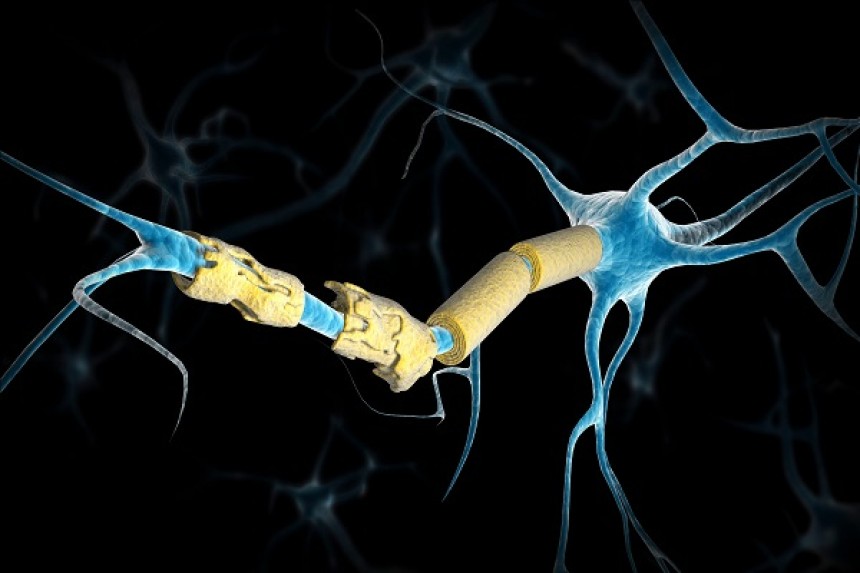
Chronic inflammatory demyelinating polyneuropathy
Polyneuropathy encompasses various immune-mediated neuropathies, including Guillain-Barré...

Guillain Barré syndrome
Guillain-Barré syndrome (GBS) is characterized by progressive muscle weakness and diminish...

Infectious neuropathy
The article outlines different neuropathic syndromes related to HIV and other infectious d...

Polyneuropathy
The article discusses various types of immune-related neuropathies. It begins with an over...

Bell's palsy
Bell's palsy, the most common cause of acute spontaneous peripheral facial paralysis, is b...

Brachial plexitis
Brachial plexitis, which can be acute or gradual in onset, typically presents with shoulde...

Spinobulbar muscular atrophy
Spinobulbar muscular atrophy (Kennedy disease [KD]) is an X-linked disorder, typically man...

Spinal Muscular Atrophy
Spinal Muscular Atrophy (SMA) is a genetic disorder characterized by the progressive weake...

Primary Lateral Sclerosis
Primary Lateral Sclerosis (PLS) is a neurodegenerative disease characterized by a slower p...

Amyotrophic Lateral Sclerosis
This article provides a comprehensive overview of Amyotrophic Lateral Sclerosis (ALS), a d...

Postural tachycardia syndrome
Postural tachycardia syndrome (POTS) is characterized by an excessive increase in heart ra...

Orthostatic hypotension
Orthostatic hypotension, a drop in blood pressure upon standing, can result from various c...

Transient global amnesia
Transient global amnesia (TGA) is a sudden memory loss condition, usually resolving within...

Status Epilepticus
Status epilepticus is a medical emergency characterized by prolonged seizures. It has seri...

Refractory epilepsy
Refractory epilepsy, affecting 20% of patients, doesn't respond to two tolerated antiseizu...

Absence seizures
Absence seizures, typically seen in children, are characterized by brief episodes of stari...

Epilepsy
Epilepsy is diagnosed when a person experiences two or more unprovoked seizures occurring...

First time seizure
Seizures can be generalized or focal, with various subtypes. Initial evaluation includes h...